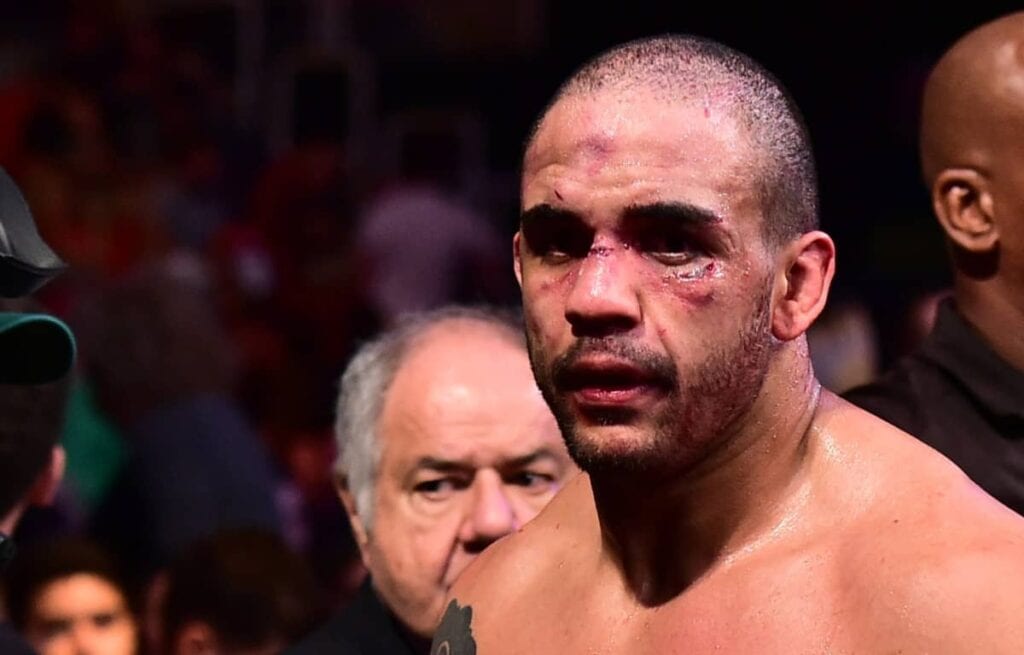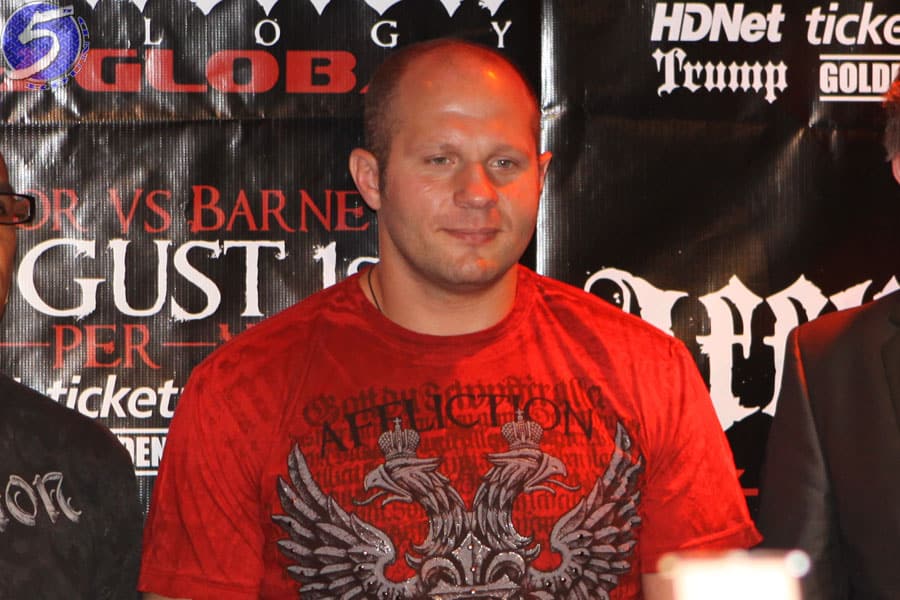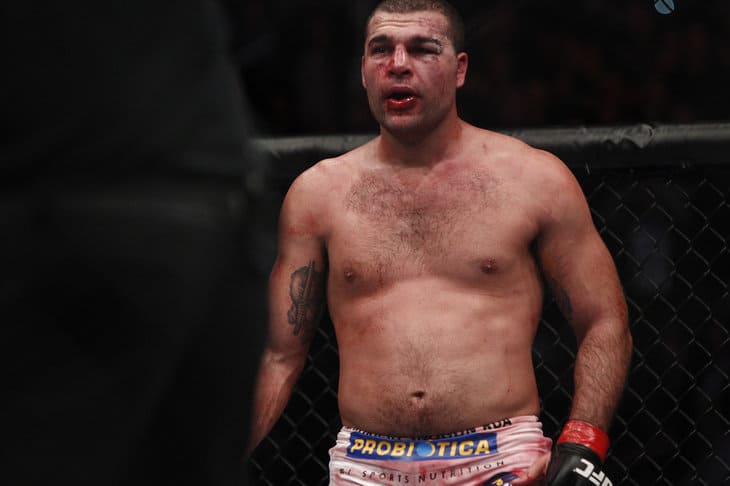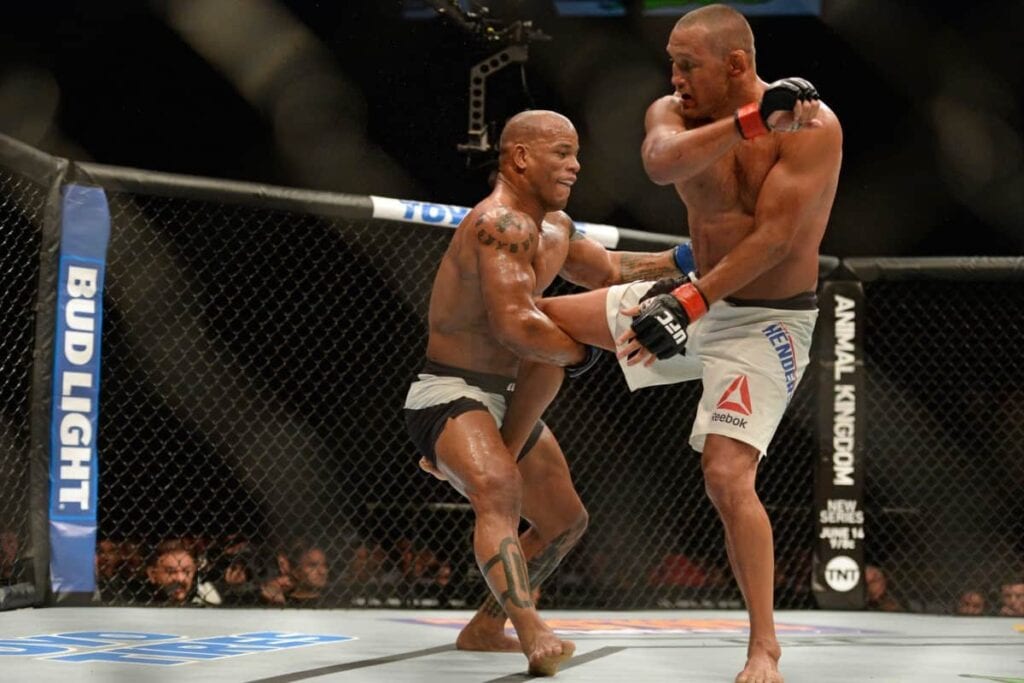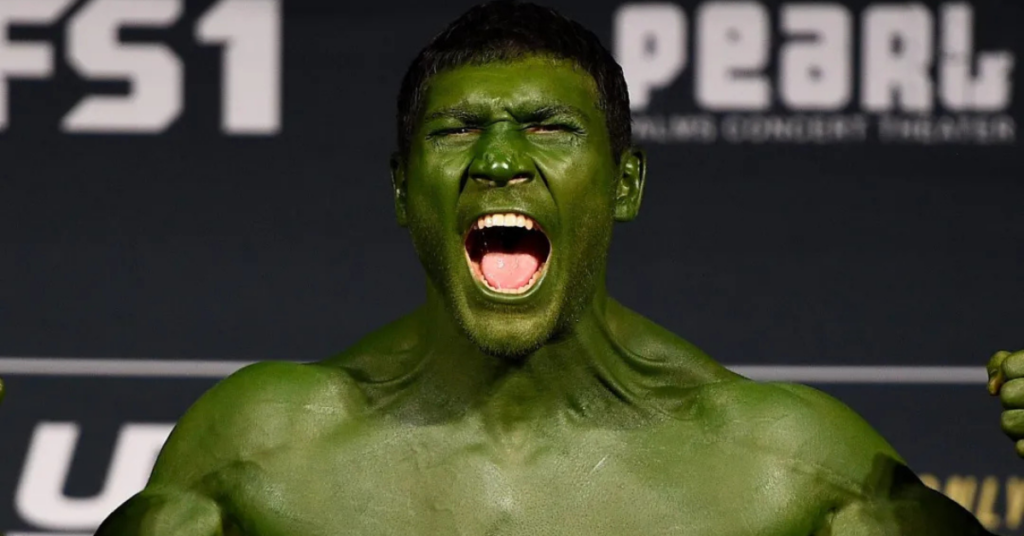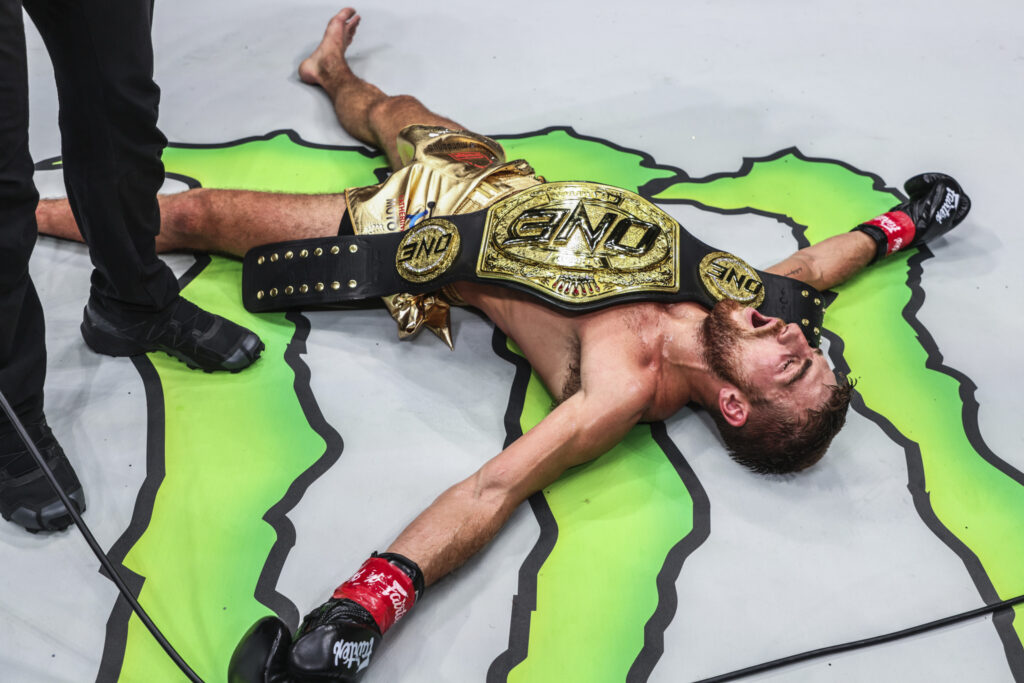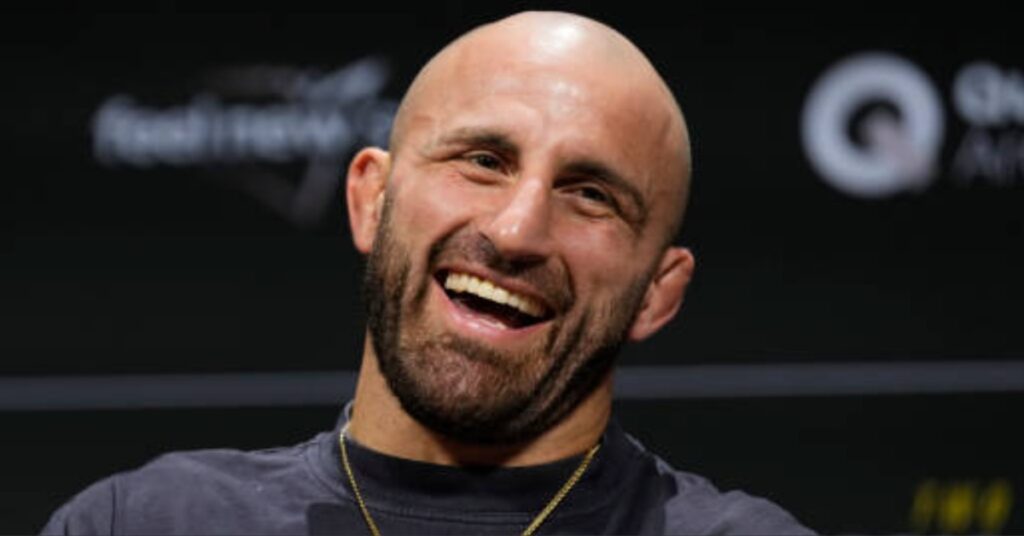10 Times Dan Henderson Rocked The MMA World
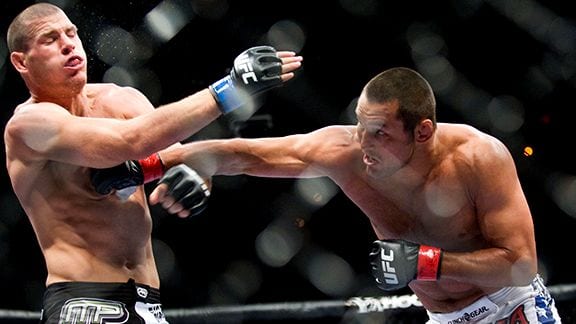
It goes without saying that Dan Henderson has had one of the most storied careers in mixed martial arts (MMA) history.
He added yet another chapter to his astonishing track record with a stunning knockout of Hector Lombard 10 days ago (June 4, 2016) at UFC 199. In his post-fight interview, “Hendo” mentioned that he may have just been in his last battle.
If we have indeed seen the last of Henderson, he will leave behind an unassailable legacy. Over the course of a career that began back in 1997, he fought probably the most difficult slate of opponents in the history of the sport. Across three weight classes, from middleweight to heavyweight, Henderson consistently fought the best of the best. He squared off with the likes of both Nogueiras, Vitor Belfort, Wanderlei Silva, Quinton Jackson, Anderson Silva, Rich Franklin, Michael Bisping, Fedor Emelianenko, Daniel Cormier, Lyoto Machida, and Mauricio Rua.
This list will look back at the accomplishments of a true all-time great and consensus first ballot hall of famer.
1. Wrestling in the ’92 and ’96 Olympic Games
Henderson’s combat sports training began on a wrestling mat.
Henderson had a very decorated career prior to competing at the highest level. In high school, he placed second and then fifth in the state his final two years. In college, he qualified for the NCAA tournament in 1993.
“Hendo” was a standout in Greco-Roman wrestling in particular, and it was the style in which he would eventually compete in the Olympics. Henderson was a university level national champion in 1991, 1993, and 1994, and he was the senior level national champion in ’93, ’94, and ’97.
At the 1992 Summer Olympics in Barcelona, Henderson placed 10th. He would go for a medal again four years later at the 1996 Summer Games in Atlanta, but would come up short again, placing 12th.
Still Henderson would continue competing until 2000, medaling at the Pan American Championships in ’94 and ’98 before ultimately taking gold in 2000.
Hendo’s” Greco-Roman background was hugely beneficial to his MMA career, as it gave him the upper body strength to become one of the best clinch fighters in the sport. And while he hasn’t relied on takedowns to win MMA rounds in some time, they were a central part of his game early in his career.
2. Winning the UFC 17 Middleweight Tournament
Following his Olympic wrestling career, Henderson looked for a way to continue competing while also being able to support himself from the athletic career he had spent his entire life fostering. So like many wrestlers since, he began the transition to the fledgling sport of mixed martial arts.
In June of 1997, he entered the four-man Brazil Open ’97 middleweight tournament, which also featured vale tudo legend Jose Landi-Jons. He won both of his bouts (without meeting Landi-Jons) to emerge as the tournament champion.
11 months later, “Hendo” would enter his second middleweight tournament, this time making his UFC debut at UFC 17. Another four-man tournament, Henderson would win both of his matches by decision. First he bested Allan Goes in the semis, and then defeated future welterweight champion Carlos Newton by split decision in the finals.
Ironically, the event poster for UFC 17 featured nearly every fighter to compete on the card, but Henderson’s name was not on it. That would figure to change in the future, as Henderson’s astounding career was just getting started.
3. Winning the Rings “King of Kings” Openweight Tournament
A little over a year later, Henderson would enter his third tournament, but this one was wholly unlike his first two.
The Rings “King of Kings 1999” tournament was an openweight affair featuring 32 competitors, including some of the best fighters in early MMA.
Henderson would fight in Block A, the first night of the tournament, on October 28, 1999 (Block B, which featured the other half of the rounds of 32 and 16, took place on December 22, 1999). That evening he defeated Bakouri Gogitidze via submission to knees to the ribs, and then took a decision from Hiromitsu Kanehara.
At the King of Kings 1999 Final on February 26, 2000, Henderson had to win three fights in one night to claim the championship. He did so by decisioning Gilbert Yvel, Antonio Rodrigo Nogueira, and finally Renato Sobral. These were all men who compete most of their careers at heavyweight or light heavyweight (in the case of Sobral), and yet the middleweight Henderson was able to defeat them all.
He earned the nickname “Decision Dan” by the end of the tournament, as he repeatedly ground his opponents but failed to finish them. But Rings had an unusual rule-set that forbid strikes on the ground, meaning ground-and-pound was essentially nonexistent. It seems crazy that Dan Henderson was once known for boring fights, but that was the narrative coming out of the King of Kings 1999 tournament. Still, it was a miraculous accomplishment nonetheless.
4. Winning the Pride Welterweight Title
Henderson signed with Pride after the Rings tournament, and battled there for much of his prime.
In his first four years with the promotion, Henderson defeated the likes of Renzo Gracie, Akira Shoji, Murilo Rua, Yuki Konda while falling to such greats as Wanderlei Silva, Ricardo Arona, and the Nogueira brothers. In fact he was eliminated from the middleweight (Pride called their 205-lb division “middleweight”, and called their 185-lb division “welterweight”) Grand Prix by Antonio Rogerio Nogueira.
But at Pride Bushido 9 on September 25, 2005, Henderson entered the Welterweight Grand Prix. That evening he stopped both Ryo Chonan and Akihiro Gono with punches, simultaneously punching his ticket to the finals at Pride Shockwave 2005.
With the Grand Prix championship and the inaugural Pride welterweight title on the line on December 31, 2005, Henderson beat former UFC middleweight champion Murilo Bustamante by split decision in a very close fight.
It was Henderson’s first championship for a major promotion, but it would not be his last.
5. Knocking Out Wanderlei Silva to Take Pride Middleweight Title
After securing the Pride welterweight title, Henderson would move up to middleweight (again, 205 pounds in Pride).
He first defeated Vitor Belfort by decision before being scheduled to face perhaps the most dominant and feared fighter in Pride’s history: Wanderlei Silva.
Henderson had already faced Silva once, back in his Pride debut at Pride 12 in December 2000. “The Axe Murderer” won that first meeting by decision. Since their first fight, Silva went on a reign of terror rivaled by few in the history of mixed martial arts.
He brutally savaged Japanese legend Kazushi Sakuraba on several occasions, winning the Pride middleweight title in their second meeting. He knocked out Quinton Jackson with crushing knees in both their matchups, and mauled countless other victims. The only fights he did not win since defeating Henderson in 2000 were fights against heavyweights Mirko Filipovic (a draw and a loss) and Mark Hunt (loss) and fellow Pride middleweight Ricardo Arona. He promptly avenged the loss to Arona in his fourth successful title defense.
Enter Henderson, the reigning Pride welterweight champion. In the third round of their title bout, “Hendo” knocked out “The Axe Murderer” with the right hand that was quickly coming to be known as the “H-Bomb”. In doing so, Henderson became the only man to simultaneously hold major championships in two different weight classes.
Soon after winning the Pride middleweight title, Pride was purchased by Zuffa and many of its fighters were transferred to the UFC, Henderson among them.
6. Killing Michael Bisping
Toting two championship belts on his way into the UFC, Henderson was first booked to unify those titles against the UFC champions. He came up short in both his attempts, first dropping a decision to newly-crowned light heavyweight champion Quinton “Rampage” Jackson, and then falling to middleweight GOAT Anderson Silva by rear naked choke in the second round of their title fight.
“Hendo”, as he has shown so many times over the course of his unparalleled career, was undeterred. After losing to Silva, he set about climbing the middleweight ranks once again.
He defeated leg lock specialist Rousimar Palhares by decision, and then did the same to former champion Rich Franklin. These victories earned him a coaching stint on “The Ultimate Fighter” and a date with Michael Bisping at UFC 100 in a number-one-contender matchup.
The coaching gig did not go all that well for Henderson, as his team was beset with infighting and he was continuously needled by opposing coach Bisping. And the finale of the show saw two British champions crowned in the lightweight and welterweight brackets.
When the two coaches met on the main card of the biggest UFC event in history, Henderson was finally able to let his hands do the talking. Despite “Hendo’s” known power in his right hand, Bisping continuously circled to his left, in the direction of that nuclear weapon. He paid the price in the second round, as Henderson delivered one of the most brutal and sensational knockouts in the sport’s history. His right hand detonated on Bisping’s chin, knocking him out cold where he stood. Henderson then followed with a flying forearm strike on the prone Brit that left the audience fearing for Bisping’s safety.
He would not bask in the glow of the knockout for long. Rather than rematching Anderson Silva with the middleweight title shot he had just earned, Henderson elected to take his talents to Strikeforce, the UFC’s primary competition at the time. There he would be one of the San Jose-based promotion’s primary stars and have the potential to earn more than he was making with the UFC.
7. Winning the Strikeforce Light Heavyweight Title
Upon jumping ship for the greener pastures of Strikeforce, Henderson was matched up Jake Shields for the middleweight belt. Henderson continued his disappointing trend of falling in title fights with new promotions, getting dominated after nearly stopping Shields in the first.
Still, he was a big star with no shortage of big fights across multiple weight classes in Strikeforce. His next bout saw him fight Renato Sobral in a rematch of the Rings “King of Kings 1999” tournament final from so many years before. “Decision Dan” did not make an appearance this time around, as “Hendo” smashed the fading Sobral with punches, ending the fight in the first round.
Henderson was then granted a title shot at then-light heavyweight titleholder Rafael “Feijao” Cavalcante. Much like the UFC light heavyweight championship carousel that plagued the division between the reigns of Chuck Liddell and Jon Jones, the Strikeforce belt had been changing hands in a similar fashion. Sobral lost it to Gegard Mousasi, who failed to defend it against wrestler Muhammad Lawal, with surrendered it to “Feijao” in his next appearance.
“Hendo” made sure that pattern continued, as he punched out Cavalcante in the third round of their headlining attraction in 2011. Henderson could add a third major title to his mantlepiece with the victory, and while a UFC belt still eluded him, perhaps his greatest victory was still to come.
8. Knocking out Fedor Emelianenko
Dan Henderson has been known throughout his career for taking on opponents much larger than him in weight classes far in excess of 185 pounds. From battling heavyweights in Pride and Rings to fighting for gold at 205 pounds, Henderson consistently took on all comers.
He dared greatly once again in his final Strikeforce appearance, as he took on the greatest heavyweight of all time and perhaps the greatest fighter of all time, period, in Fedor Emelianenko. “”The Last Emperor” no longer occupied the lofty perch that he had controlled with an iron fist for a decade, and was coming off shocking losses to Fabricio Werdum and Antonio Silva. Still, it would be an exhilarating battle between two legends of Pride. The bout more than lived up to the hype.
The two men came out swinging almost immediately, with both looking to have hurt the other in the opening minutes. Nearly four minutes in, Emelianenko again blitzed with haymaker hooks, and knocked down the off-balance and retreating Henderson against the cage. The Russian looked to set up in Henderson’s guard and bomb away with ground and pound, but the American used a deep half guard to slip out and take Emelianenko’s back. As soon as he did so, he uncorked a crushing right hand under his adversary’s armpit which landed flush to his chin. The heavyweight great was out instantly. While follow-up punches seemed to revive Emelianenko, referee Herb Dean had seen enough. He stepped in to wave off the contest, giving “Hendo” yet another dramatic win to add to his already-stellar resume.
9. First Fight with Shogun
As with Pride before it, Zuffa once again stepped in to purchase its primary rival, Strikeforce, in 2011. With the acquisition, Henderson found himself back in the shark tank of the UFC. He was not granted an immediate title shot this time around, as Jon Jones had his hands full with a litany of challengers already. Instead, matchmaker Joe Silva had Henderson square off with former champion Mauricio “Shogun” Rua.
Rua had his title unceremoniously ripped from him earlier that year by Jones, but rebounded by bashing Forrest Griffin senseless in their rematch in Brazil a few months later. So Shogun was still near the top of the division when the two first met at UFC 139 in November 2011.
The Las Vegas-based promotion had recently decided that all main events, regardless of whether a title was on the line or not, would be five round affairs. Shogun vs. Henderson 1 was the embodiment of why that rule was instituted.
The two former Pride legends put on one of the greatest fights in UFC history that night in San Jose. Henderson controlled the first three rounds of the fight, smashing and battering the Brazilian in the clinch and with his right hand. Had the fight ended there, it would have been remembered as merely a one-sided drubbing for Henderson.
Instead, Shogun rallied incredibly. Despite being on the receiving end of a shellacking for the first three rounds, Rua was somehow the fresher fighter entering the championship rounds. He grounded the former Olympic wrestler, who by that point was running on fumes. He mounted Henderson in both rounds and bashed away with ground and pound. The fight ended in that position, as Shogun desperately tried to put away the American, perhaps knowing he needed to finish to claim victory.
He ended up being correct. With three rounds already in the bank, Henderson emerged with the victory in an overwhelming display of heart and guts by both men.
The two would run it back a few years later in 2014, both somewhat more diminished from their primes. While still a great battle, Henderson did not allow Shogun to post a late-game rally this time around. He stopped the Brazilian icon with punches in the third round of the rematch.
10. Knocking Out Hector Lombard
Since the victory over Shogun, Henderson had started to slip dramatically. Already 41 when the two first met in 2011, Henderson’s skills and physical abilities showed signs of deteriorating as he entered his mid-40’s.
Following his win over Rua, Henderson lost two close and mostly boring three-round fights with Lyoto Machida and Rashad Evans, as his opponents were reluctant to consistently engage him the way Shogun had. He was then knocked out in brutal fashion in a rematch with a TRT-fueled Vitor Belfort. (Henderson also utilized TRT during his career, but unlike Belfort, he was never flagged for elevated testosterone levels, nor did he undergo a dramatic physical transformation like Belfort did.)
Other than his rematch victory over a shopworn Rua and a quick knockout of the limited Tim Boetsch, Henderson had been having a rough go of it of late. He was manhandled and finished by Daniel Cormier, and knocked out in the first round by Gegard Mousasi and Belfort again in their third match.
So it was with trepidation that fans watched Henderson walk to the cage to battle Hector Lombard. The former Bellator champion was regarded as one of the most explosive and dangerous punchers in the UFC. Henderson’s vaunted H-Bomb could always make a reappearance, but his once granite chin was looking more and more cracked with each passing fight. Cardio was viewed as Lombard’s greatest weakness, but it was not expected that would play a factor. Most people believed it would be a short night, one way or the other.
The H-Bomb did indeed reemerge in the first round, as Henderson rocked Lombard, temporarily elating those in attendance. However, he got overaggressive and rushed into a right hand from Lombard. The brutally strong former Olympic judoka dragged the stunned Henderson to the mat and set about trying to pound him into oblivion. But Henderson was able to see the final bell, sending the bout into the second round. There would not be a third.
In the second Henderson threw a head kick which landed but was caught by the Cuban. As Lombard began trying to trip Henderson to the mat, “Hendo” landed a crushing back elbow to his foe’s temple, crumpling him where he stood. Two huge forearm strikes, like those he landed against Bisping, followed, leaving Lombard unconscious on the canvas for several tense moments.
It was yet another in a long line of improbable and miraculous performances from the great “Hendo”. If that was indeed the last time we see him in the cage, his was perhaps the greatest mixed martial arts career we’ve ever witnessed.
Were there any performances or moments we missed? What is your most enduring memory of Dan Henderson? Let us know in the comments below.

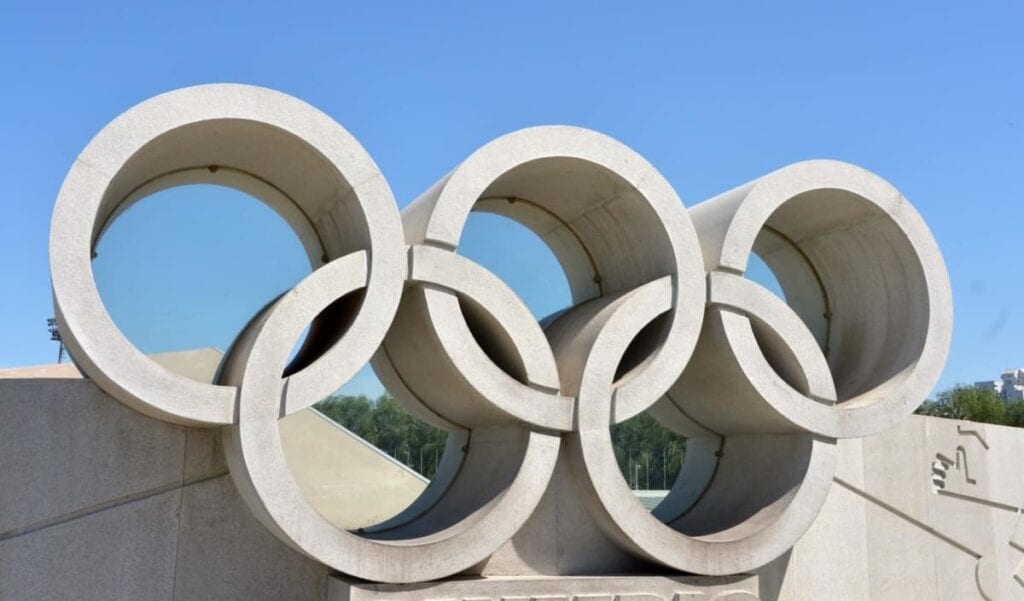
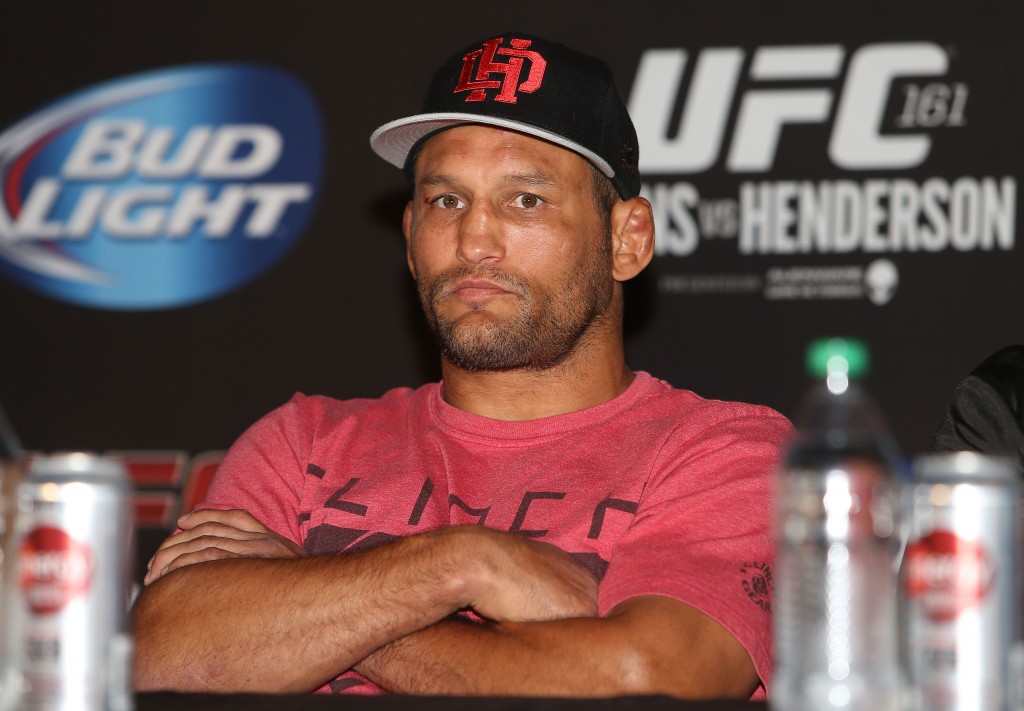
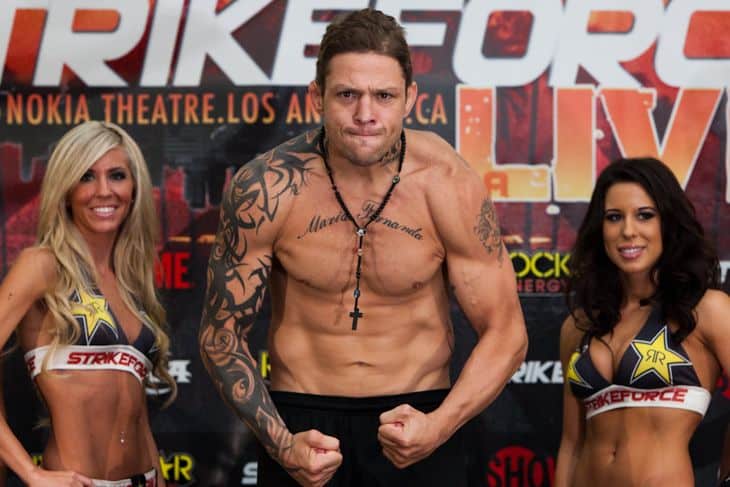
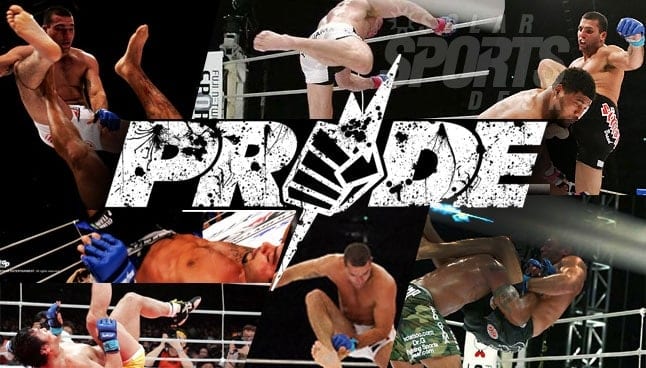
![10 Times Dan Henderson Rocked The MMA World 6 wanderlei-silva27[1]](https://www.lowkickmma.com/wp-content/uploads/2016/06/wanderlei-silva271.jpg)
![10 Times Dan Henderson Rocked The MMA World 7 bispinghendo[1]](https://www.lowkickmma.com/wp-content/uploads/2015/09/bispinghendo1.jpg)
